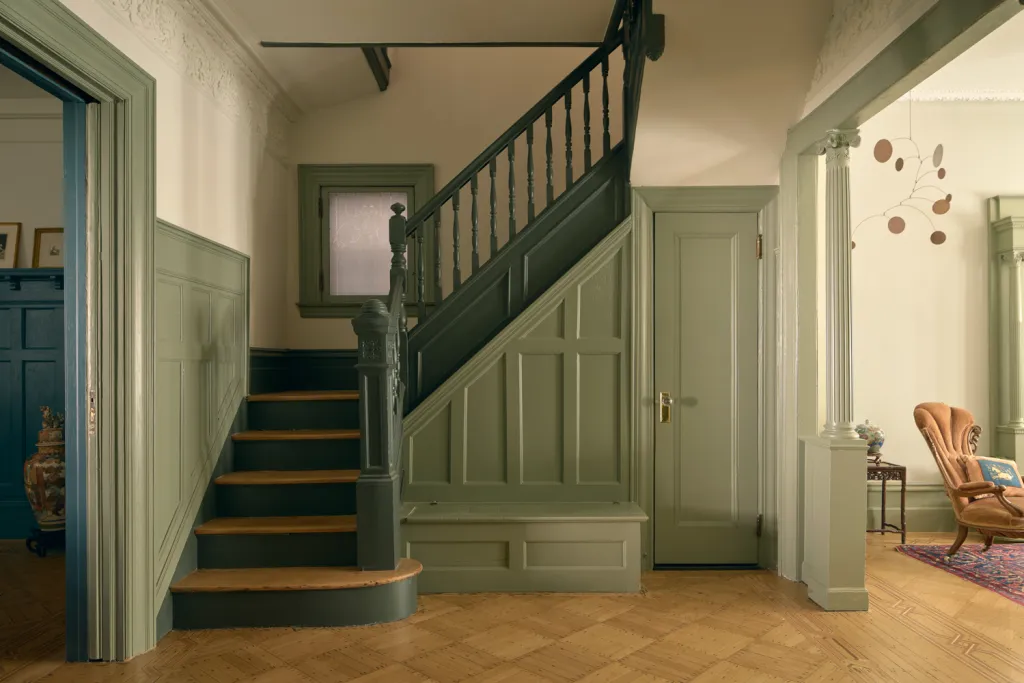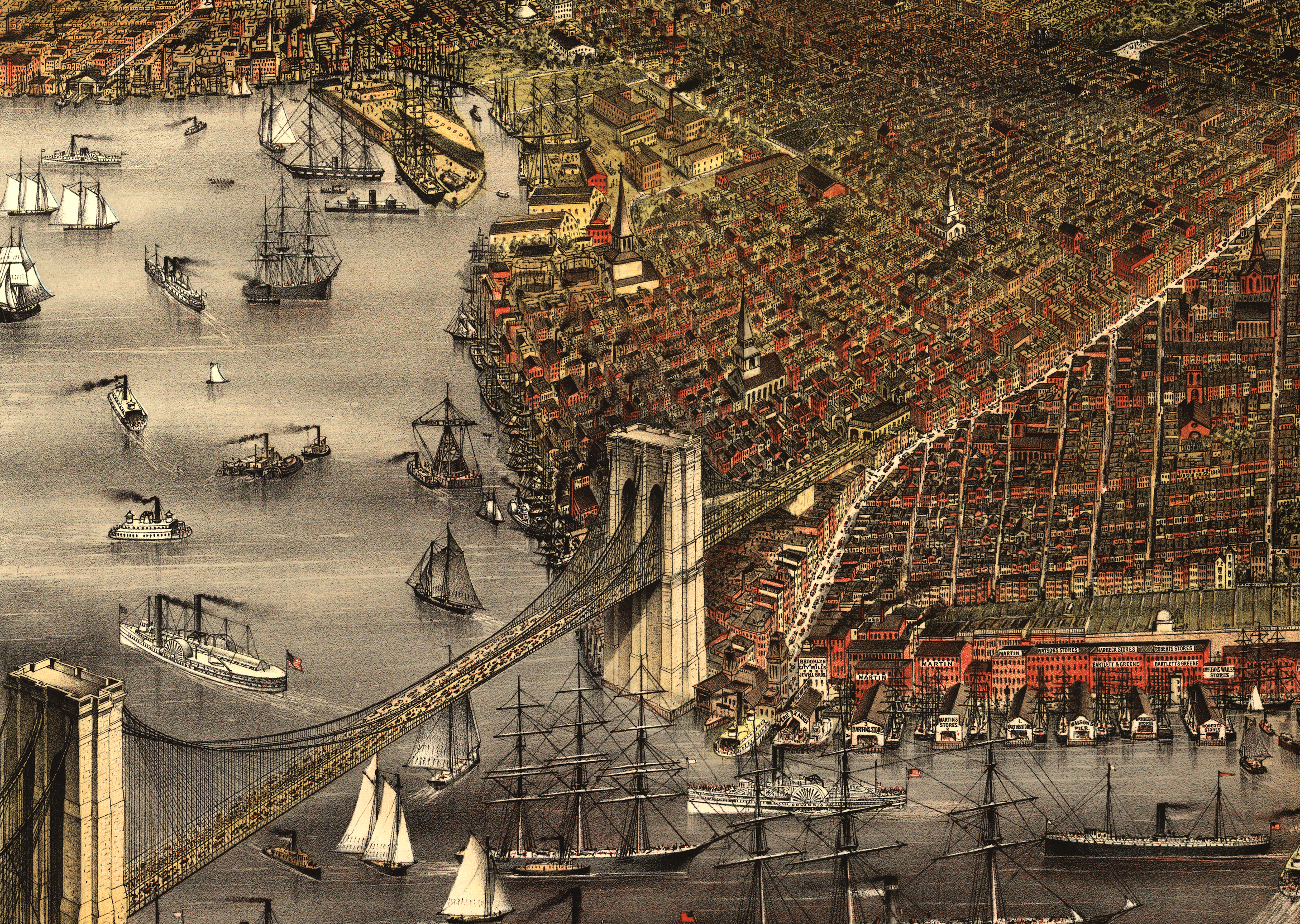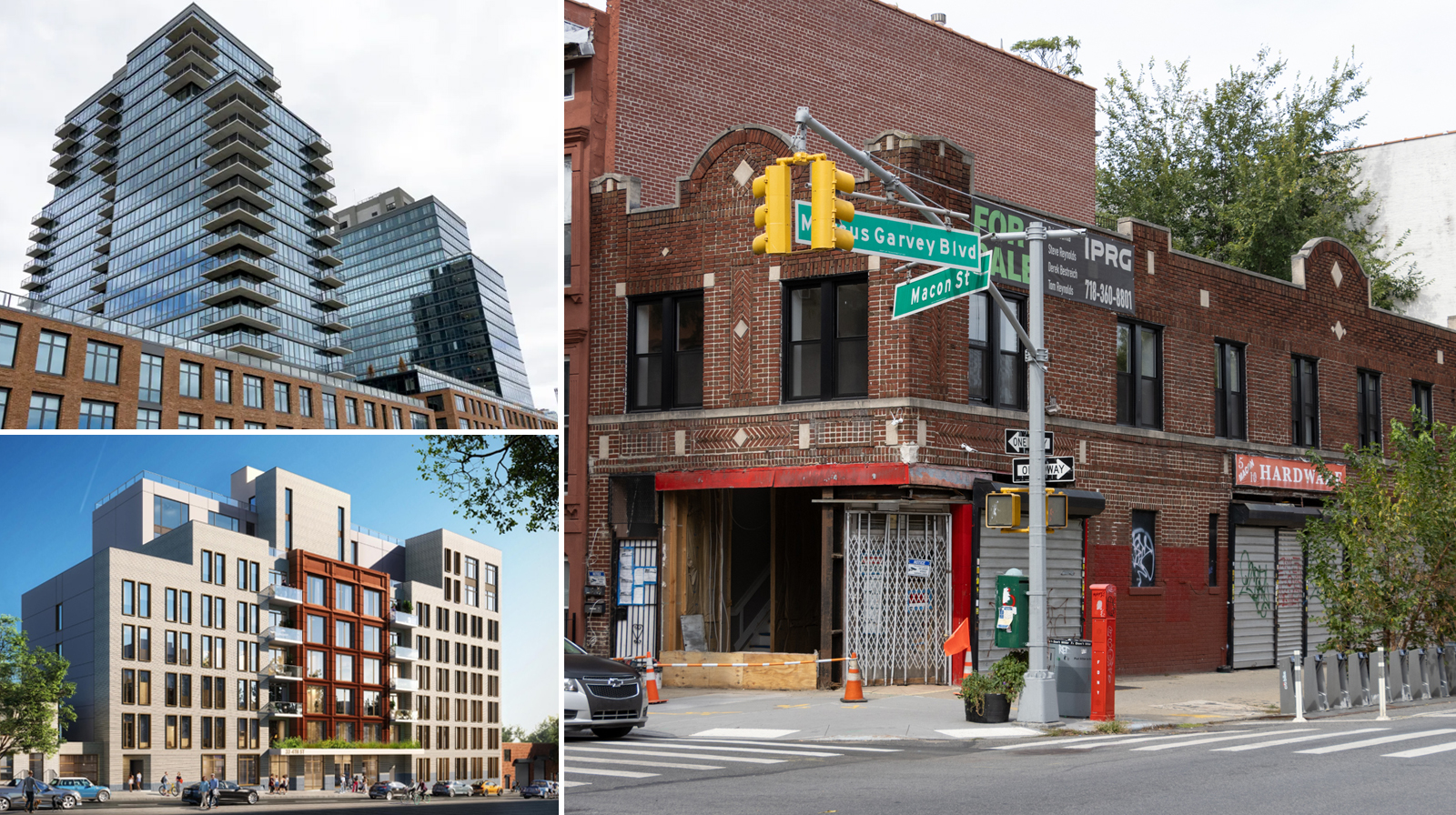322 Myrtle Ave: So Close and Yet So Far
This new building on Myrtle between Washington Park and Carlton is better than a lot of the smaller buildings that have been built in recent years. However, one can’t help but look at this and ask why in the world they wouldn’t have used a redder brick and tried to match the cornice to the…


This new building on Myrtle between Washington Park and Carlton is better than a lot of the smaller buildings that have been built in recent years. However, one can’t help but look at this and ask why in the world they wouldn’t have used a redder brick and tried to match the cornice to the adjacent buildings. That railing on the roof looks ridiculous. We’re curious to know that the retail tenant will be for this place. GMAP P*Shark DOB





Brower Park, I was in your neck of the woods over the weekend. The architecture is really stunning.
I doubt that the developers of this bldg lives anywhere within miles of Fort Greene; otherwise they would have been a little more attentive to the aesthetics of the area.
I’d give this bldg a “C-” as opposed to the typical F rating of the fedders clones. The victorian era developers paid attention to detail. They combined engineering with craftsmanship and art. Developments were thoughtfully and tastefully done back then; that’s why their appeal continues to this day.
the building looks good. people need to get a grip. don’t like it don’t buy it. if myrtle avenue can get a handful more buildings like this then it will be a major coup.
Many comments on this blog complain about cornices on new buildings not matching older ones. One reason is that unforunately the current NYC bulding code only allows architectural features to project 10 inches over the sidewalk past the property line; and the older cornices project out a foot and a half, two feet, or even more. So with a new cornice it looks flatter and you don’t get that great shadow line.
The answer to all of your queries ,12:22, is the almighty dollar. Good or bad, people build to make the most money they can, and most architects with vision naturally want to go where they can make the most money. If it’s going to be affordable, it’s probably not also going to be green, beautiful, permanent and creative. A building can’t be all things to all people. If we don’t like what they are building in our hoods, then we should buy land in our communities and develop it ourselves.
This bldg is a big disappointment. They removed two elegant brownstone facade and replaced it with this? Sure, it’s a step up from the standard fedders but, this bldg is right around the corner from ft. greene park. They could have done better than this standard, dated, development crapola. It sorta ruins the streetscape.
Granted, there’s nothing but bodegas and 99 cents stores for miles around but has any of these developers ever truly considered their clientele. The people who are going to be renting or buying these apartments are most likely looking for something a little more upscale. Let me guess, the bathrooms and kitchens are probably just as fetching.
I don’t see Fedders on this building.
this actually looks pretty decent to me, even the railing (although i would have painted it a darker color to blend better with the neighboring cornices).
have you seen the rents they want for this one on Corcoran – the Minsk-man want 3500-5000 per unit – 5 units
check it
http://www.corcoran.com/property/search.aspx?Region=NYC&RentSale=RU
Oh dear God, what a horror that Craiglist house is! Makes this one look good.
Some more enlightened cities around the world actually have standards that have to be met for new construction. This is to insure something so heinous as the Craiglist house don’t happen. That building is a slap in the face to its neighbors, and would actually lower property values more than an empty lot. I can’t imagine the feelings the next door neighbors have everytime they go outside.
It’s important to have guidelines because what buildings like this tell the world is that the developer doesn’t give a flying fahootie about the neighborhood, or the people in it. He is not helping to bring back a depressed neighborhood, or provide needed housing, he’s out to make money, no more, no less. He would never build a house like that in his neighborhood, he’d probably be on the front line of the protest to stop it. It’s a visible show of contempt for the people he wants to make money off of, and for the neighborhood itself, neither of which matter, as long as the building sells. Perhaps if no one buys it, he’ll get the hint.
It’s also a slap in the face to the profession of architect, as this does not provide for any creativity, or challenging use of materials or style in order to fit into its environment, yet be affordable, or green, or even attractive. It dumbs down the profession, and discourages anyone with any kind of social vision and creativity from going into this sector of the profession, thereby assuring that the talented will only pursue the high end projects, leaving this scale of project to the hacks and developers with CAD programs.
Right now, landmarking is the only thing that prevents this, and I don’t think it’s feasible, or desirable to landmark everything in sight. Then landmarking will be nothing special and meaningless. What is needed is some kind of enforced guideline of standards. Let’s bring some honor and accountability back to the development business.
So many communities in this city have just begun to rise up out of the problems of the last quarter century. We ought to be able to rebuild with economy, with sound building practices, with environmental responsibility, and with the same sense of permanance and grace that helped to make these neighborhhoods desireable for the last 100 years. Other cities do it, why can’t we?